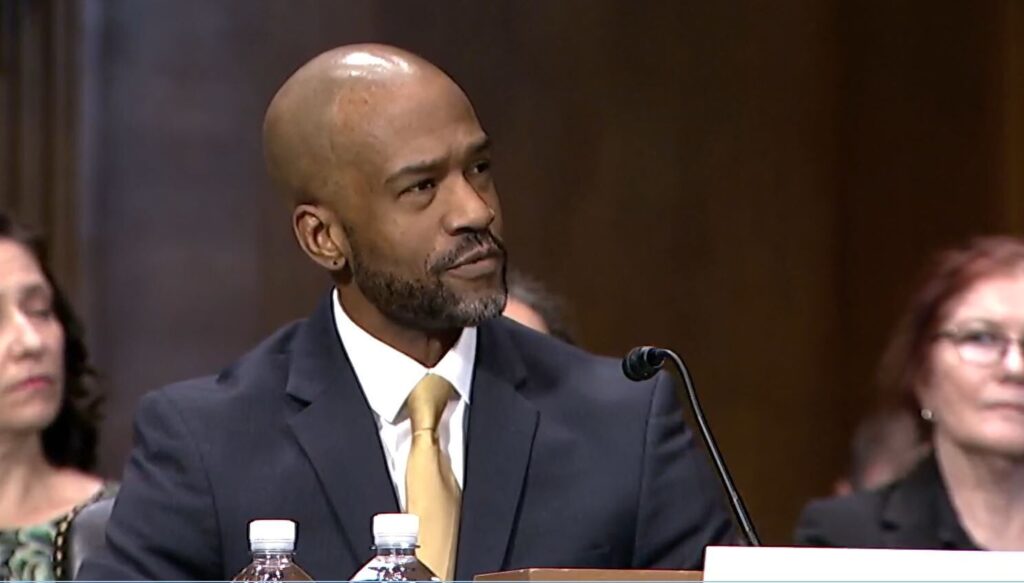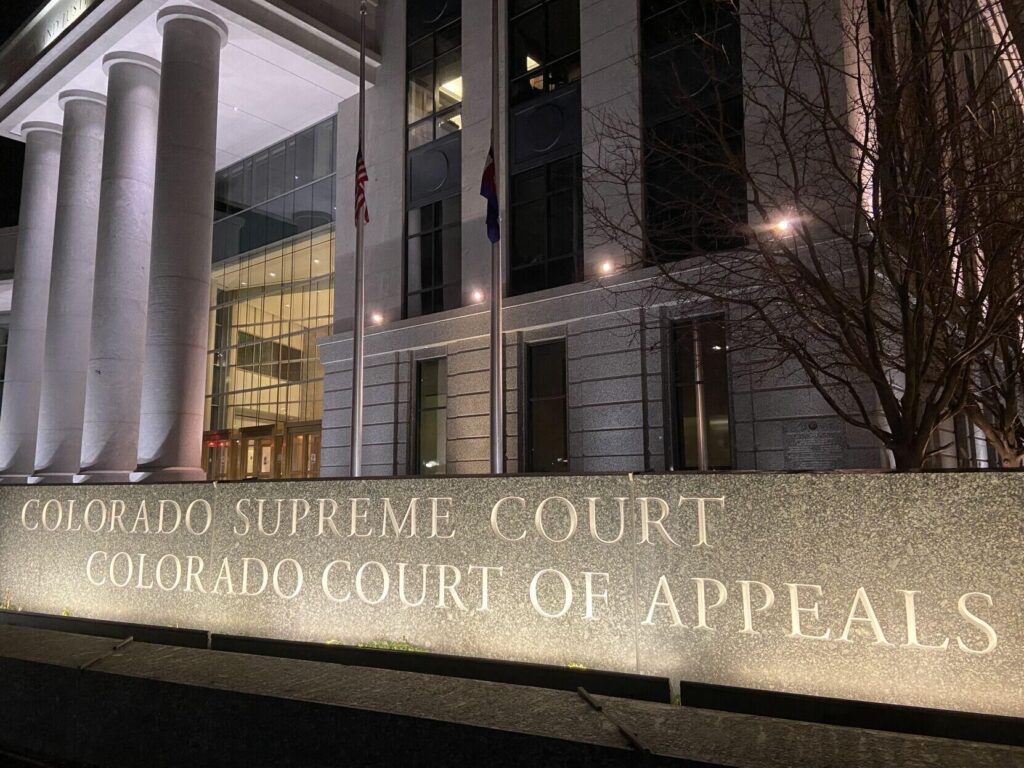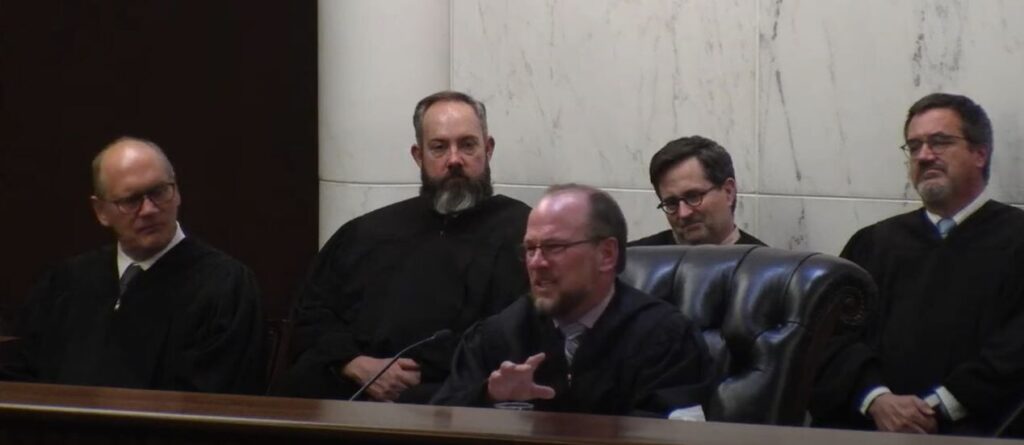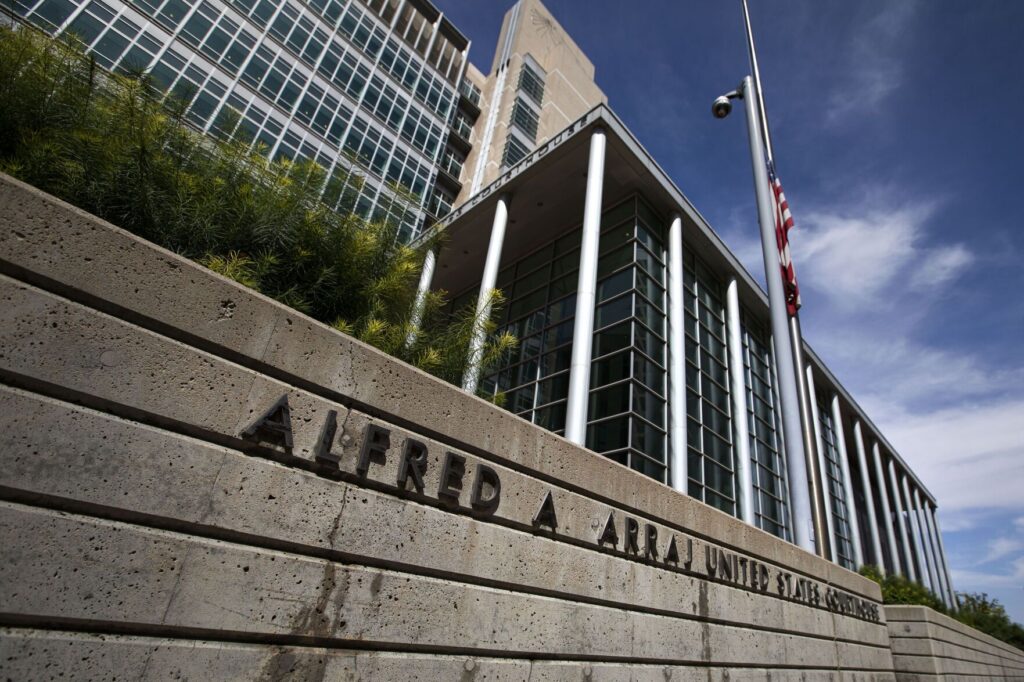10th Circuit gives immunity to Rifle officer who shot suicidal suspect in back

The federal appeals court based in Denver decided on Thursday that a Rifle police officer committed no constitutional violation when he shot a suicidal suspect in the back and killed him, even though the man never pointed a weapon at anyone but himself.
A trial judge previously refused to dismiss the excessive force lawsuit against Officer Dewey Ryan, the city of Rifle and the city’s former police chief for their role in the death of Allan George. George had resisted arrest by pulling a gun, turning it on himself and threatening to jump off a bridge. When George eventually put the gun in his pocket and began jogging away from officers, Ryan shot him twice.
A three-judge panel of the U.S. Court of Appeals for the 10th Circuit acknowledged George’s conduct, “viewed in isolation,” could indicate he posed no danger to others that would warrant the use of lethal force. However, once George began running toward downtown with a loaded gun in his pocket, he “clearly abandoned” any intention of dying by suicide.
“We conclude as a matter of law that a reasonable officer in Ryan’s position, observing George’s actions, would have concluded that George’s intention had shifted to escaping and evading arrest,” wrote Senior Judge Mary Beck Briscoe in the Nov. 9 opinion.
The panel also took issue with U.S. District Court Judge Charlotte N. Sweeney’s handling of the case, critiquing her for misreading the facts and failing to address all of the necessary legal criteria to determine if the defendants were liable for a constitutional violation.
Case: Estate of George v. City of Rifle
Decided: November 9, 2023
Jurisdiction: U.S. District Court for Colorado
Ruling: 3-0
Judges: Mary Beck Briscoe (author)
Paul J. Kelly Jr.
Veronica S. Rossman
Background: Rifle officer who shot fleeing suspect may be held liable for excessive force, judge says
Between 7:11 and 7:21 p.m. on Aug. 5, 2019, Ryan and Officer Shelby Beitzel had their guns drawn on George, having pulled him over along a bridge connecting Interstate 70 to Rifle. George was wanted for the felony offense of allegedly possessing child pornography. They understood George was suicidal, carried around a gun he purchased recently and was not going to jail “without a fight.”
Once George exited his truck, a standoff was captured on video, with George pulling out his gun and pointing it at his chest. George stood by the guardrail, resisting the officers’ nearly four dozen requests to put the gun down.
“No! It’s over! I’m not going to jail! I’m not going to be a sex offender,” he yelled as Ryan and Beitzel repeatedly attempted to talk him out of killing himself. Although cars freely drove by, George did not aim the gun at them.
At one point, George put his gun in his pocket and gestured as if he were about to jump into the Colorado River. After several more minutes, George opted against jumping and returned to the road. He started walking, then jogging away from the officers with his gun still in his pocket. After eight seconds, and without warning, Ryan shot George twice in the back with his rifle.
Three months later, District Attorney Jefferson J. Cheney declined to criminally charge either officer. George’s surviving family members sued, claiming Ryan used excessive force and the city failed to train about the proper use of deadly force.
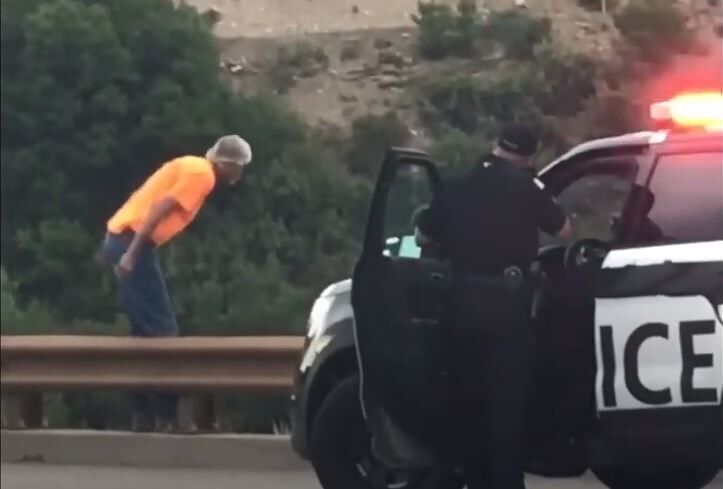
Ryan invoked qualified immunity, which generally shields government employees from civil liability unless they violate a person’s clearly established rights. At a hearing before Sweeney last fall, she concluded Ryan was not entitled to immunity because a jury could find he acted unreasonably – specifically, because George did not pose a threat at the time Ryan shot him.
“It is clear from the video, at no time did this turn from a potential suicide to a potential homicide,” Sweeney said. Ryan did not shoot “at the last possible moment. This gun was fired at the first possible moment.”
She also drew multiple conclusions from the video the defendants would dispute, including that George was “not an able man” and “never would have made it to town,” plus Ryan gave George “no warning” to stop before opening fire.
During oral arguments before the 10th Circuit, the appellate judges suggested Sweeney looked too narrowly at the safety risk George posed.
“How do we factor in the refusal to heed the warnings?” asked Judge Veronica S. Rossman.
“Was it also in the officers’ calculus that he did not want to be arrested and did not want to go back to jail?” Briscoe added.
“Maybe he was going to be a threat. Maybe he was going to massacre everyone in the town of Rifle. Maybe he was going to turn, pull his gun and shoot it out with the cops,” responded plaintiffs’ attorney David Lane. “‘Maybe’ is not the standard.”
“You want to give him the first shot?” retorted Senior Judge Paul J. Kelly Jr.
The panel ultimately concluded the video evidence “blatantly contradicted” how Sweeney viewed the encounter. The 10th Circuit did not see George as a “frail” man who would have been unable to reach downtown Rifle. Although Ryan never specifically warned George he would get shot, the officers repeatedly gave commands to “stop” before opening fire.
Based on George’s last-minute shift from apparent suicidality to an escape into town, Ryan’s killing of George did not amount to a constitutional violation, Briscoe explained.
“(U)nder the totality of the circumstances unique to this case, i.e., an armed fleeing felon who had repeatedly refused to comply with officers’ commands, was determined not to be arrested, and who represented a threat of bodily harm to both the officers and the general public,” she wrote, “we conclude that it was objectively reasonable for defendant Ryan to use deadly force.”
Because there was no constitutional violation, the panel concluded the city and the police chief could not be held liable, either.
Attorneys for the defendants declined to comment. Lane disagreed with the 10th Circuit’s “wild speculation” about what George might have done.
“The only person he endangered was himself and this opinion is further evidence of the erosion of civil rights enforcement in our federal courts,” Lane said.
The case is Estate of Allan George v. City of Rifle et al.



